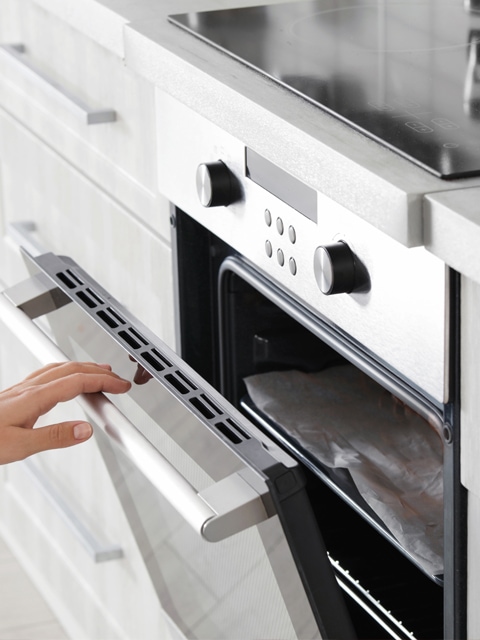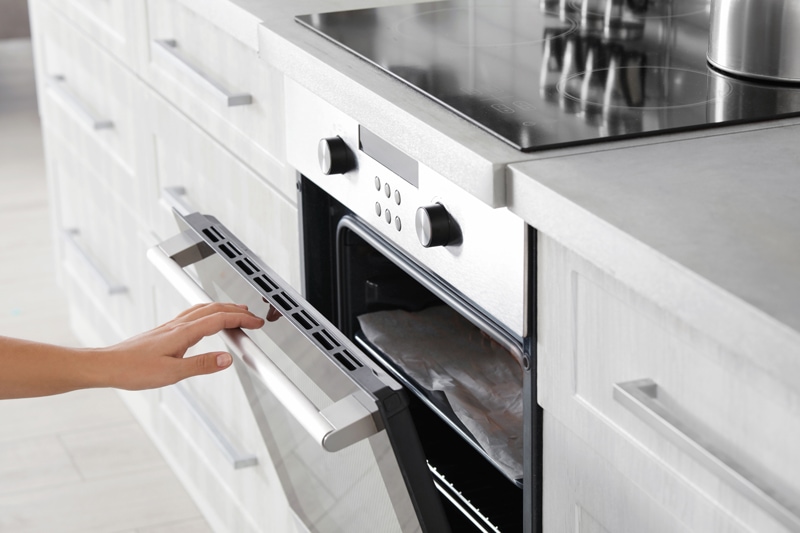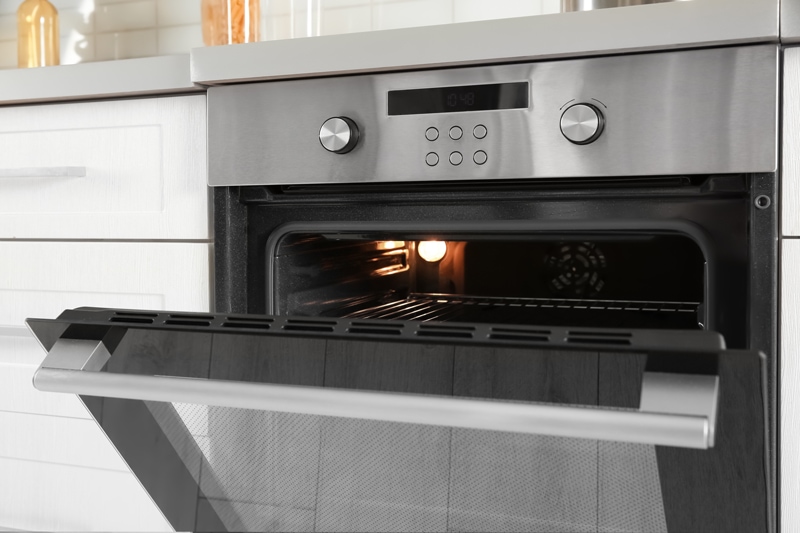


 Add to favorites
Add to favorites
Drying foods in your oven can be achieved, but you first need to ask yourself how important it is to you to follow the raw food temperature “guidelines” in wanting to protect the enzymes, nutrients, and vitamins. You can use your oven to dehydrate foods, but it isn’t 100% accurate. In times of need, we need to do the best we can with what we have before us. Let me show you how you can turn to your oven to dry foods at low temps.

“Dr. John Whitaker, a world-recognized enzymologist, and a former dean of the Department of Nutrition and Food Science at U.C. Davis stated that every enzyme is different and some are more stable at higher temperatures than others. Most enzymes will not become completely inactive until food temperatures exceed 140º F – 158ºF in a moist, wet state. Again the exceptions are that the denser the food, the longer it will take to totally destroy all its enzymes.”
When it comes to dehydrating food, you don’t have to remove all of the moisture. A dehydrator or the act of dehydrating foods is not just about preserving foods. It’s also used to create texture and cooked appearances. But it is important to know that the more moisture that is left in the food, the shorter the shelf life will be as it is more susceptible to bacteria and molds.
Remember, we don’t have preservatives added to our raw foods. You have the freedom and complete control to create crunchy apple rings or soft and chewy apple rings. That is the beauty of preparing foods from scratch in your own home. If you do use your oven to “bake” some of my recipes, please have a notebook and pencil ready. Jot down how long it took and how you arranged the heat setting. Use this as a reference for future recipes.

Not all ovens can dip down to 115 degrees (F). Keep reading because I am going to help you run a test on your oven to see if you can achieve raw food temps with your home oven. I spent countless hours reading through site after site, trying to find the best way to do this.
Because internal air is not circulated in most consumer-grade convection ovens, dehydration can take two to three times as long as it does in a dedicated dehydrator, and this will consume much more energy. Below I share how you may be able to achieve lower temps by cracking the oven door and running a small fan next to it. If this is your only option and getting your foods as close to raw as possible is your goal, using an oven thermometer is a must to ensure the temperature is within the target range. Before using an oven for this purpose, do a test run to check the heat levels.
Will a convection oven work better as it has a fan???
It work for sure, having the fan is an added bonus. amie sue :)